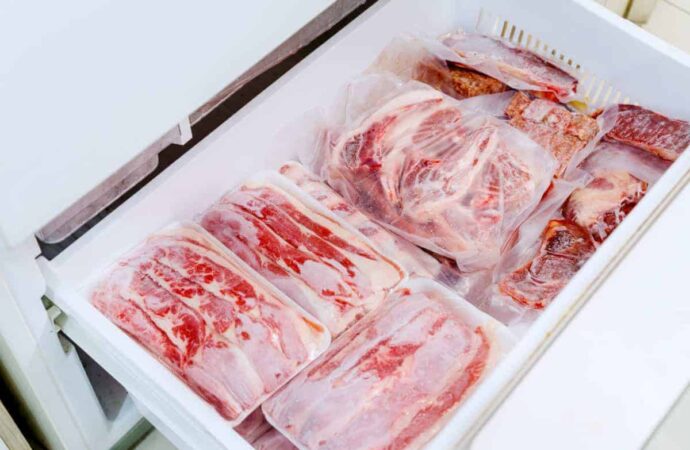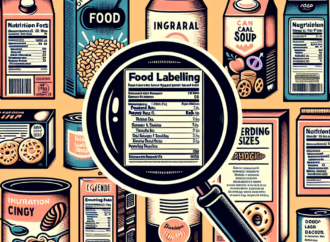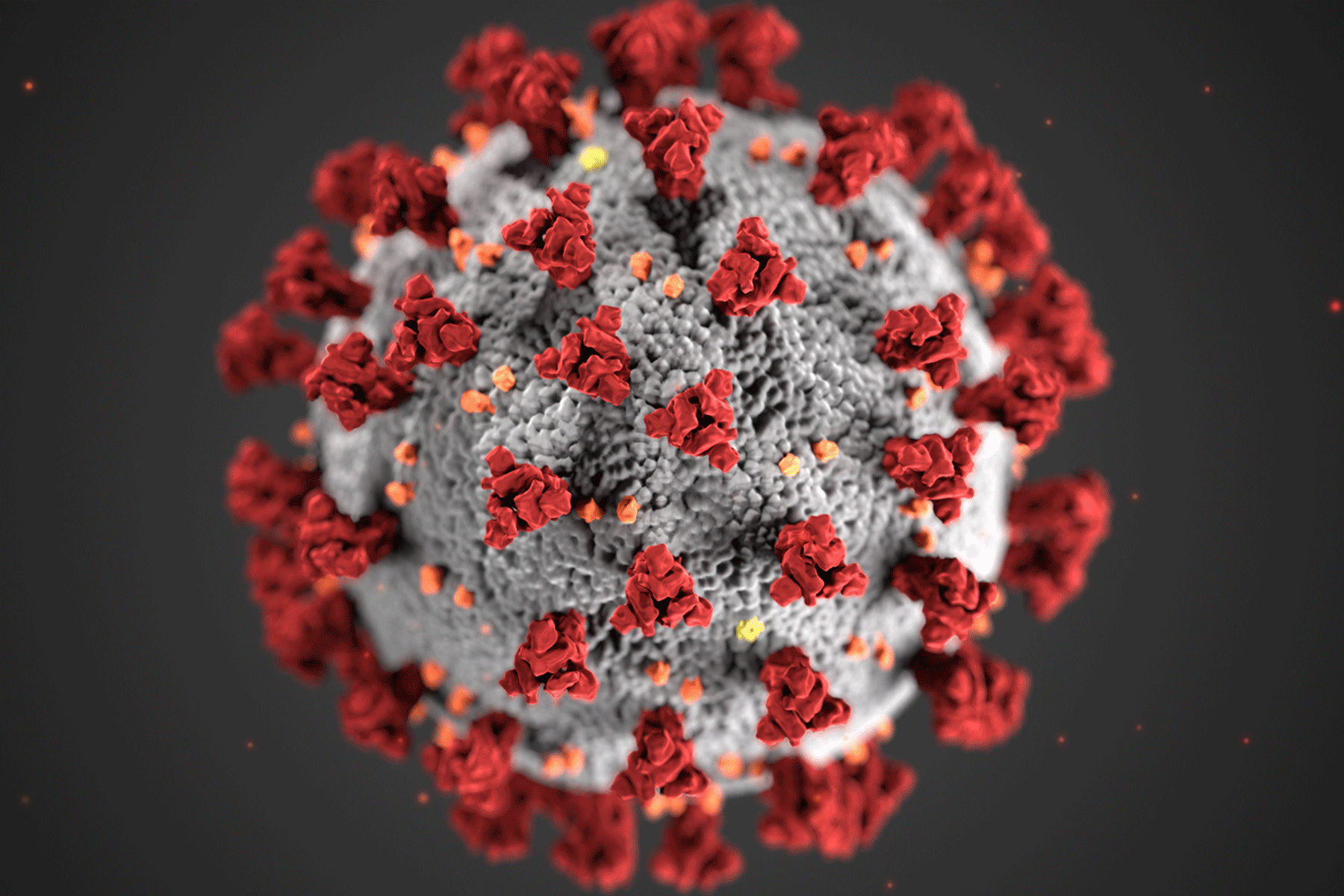Storing meat and fish in the fridge and freezer for a few days is normal, but proper storage is key to keeping them fresh and safe. Simply chilling isn’t enough — if you don’t handle it correctly, it can cause foodborne illnesses. Always maintain cleanliness, pack in airtight containers, label dates, and separate raw meat from other foods. Follow safe thawing methods and know the shelf life to avoid spoilage and health risks.
Keep It Clean
Always wash your hands, knives, and cutting boards before cutting meat. Use clean tools to prevent bacterial contamination. Rinse off any blood and debris before storing the meat.
Portion Smartly
Cut meat into smaller pieces before storing. This makes it easy to use only what you need and defrost faster. Pack enough for one meal per pack to avoid waste.
Seal It Tight
Store meat in airtight containers or freezer bags at -18°C or below. This prevents freezer burn and locks in taste and texture. Label each pack with the date so you know how long it’s been stored.
Thaw the Right Way
Take frozen meat out of the freezer 24 hours before cooking and let it thaw in the fridge. For quick thawing, soak it in cold water — never use hot water. Avoid thawing in the microwave as it can reduce quality.
Marinate Wisely
Marinating with oil or vinegar adds flavour and slows bacterial growth. Store the marinated pieces in airtight containers in the fridge.
Check Shelf Life
Storage life depends on the cut and how you store it:
-
Large cuts: 3–5 days in the fridge, several months in the freezer.
-
Small cuts: 1–2 days in the fridge, 3–4 months in the freezer.
Prevent Cross-Contact
Keep raw meat away from other foods in the fridge. Use separate containers and shelves to prevent contact. Clean surfaces immediately after handling them.
Follow these simple steps to keep meat fresh, flavourful, and safe for your family. Smart storage saves money and protects health!
Source: Mathrubhumi
 Food Manifest
Food Manifest 

















